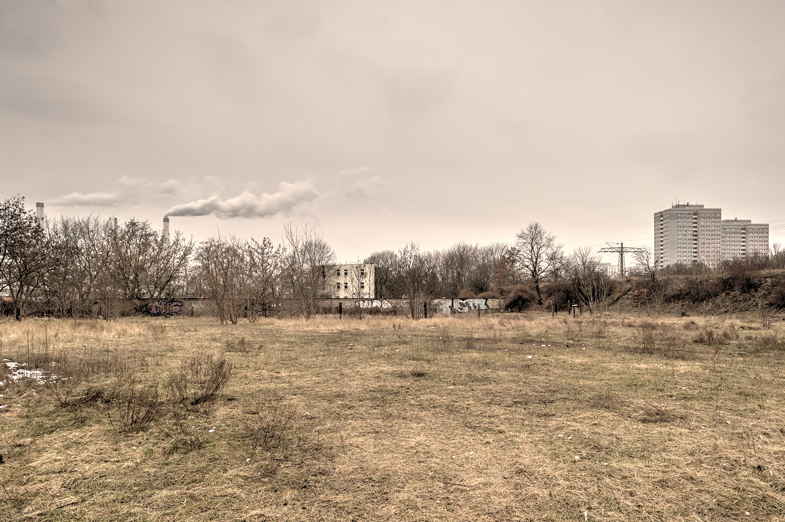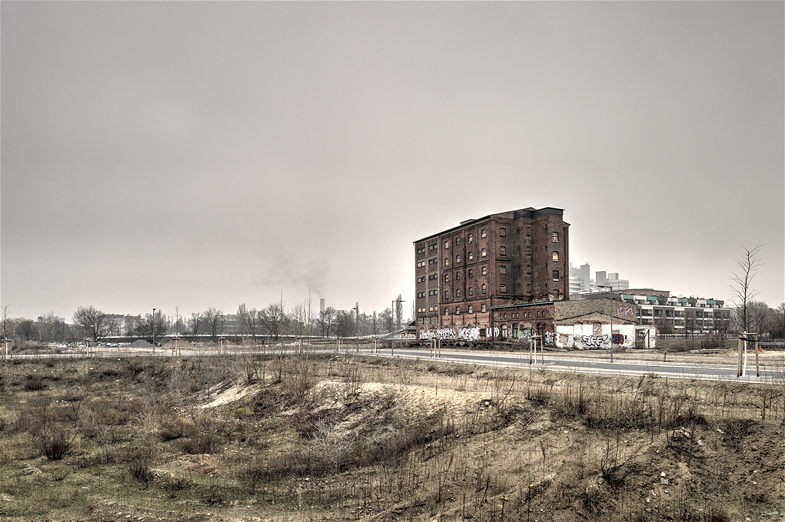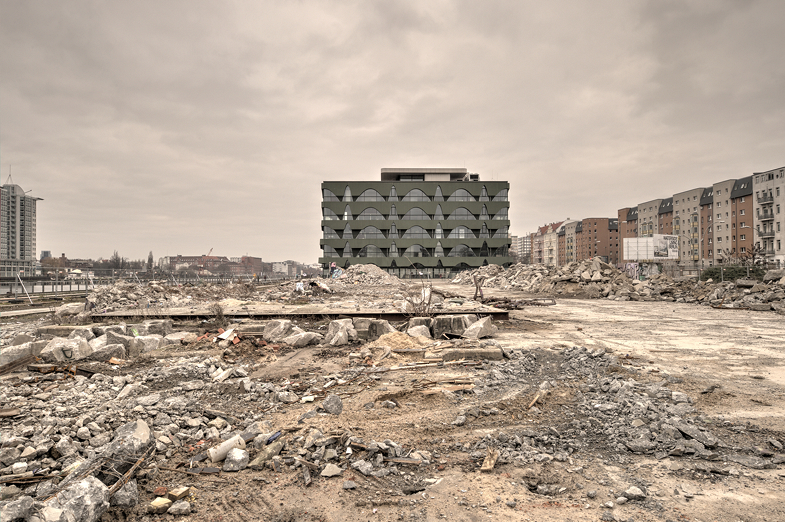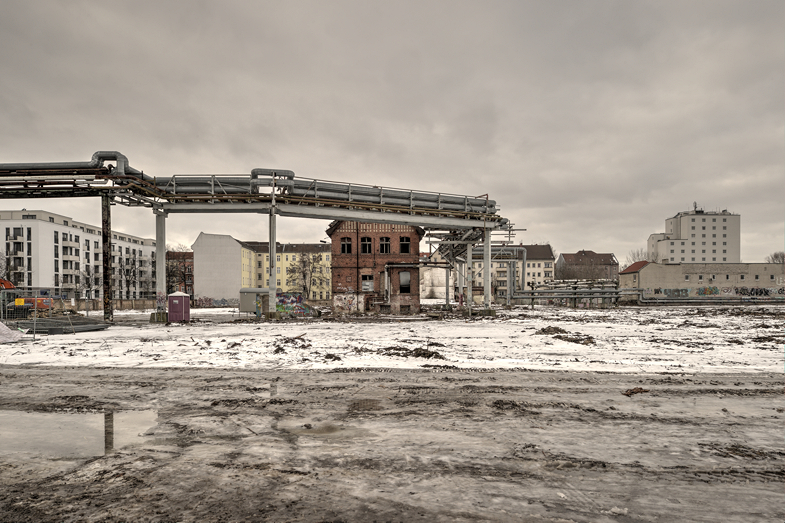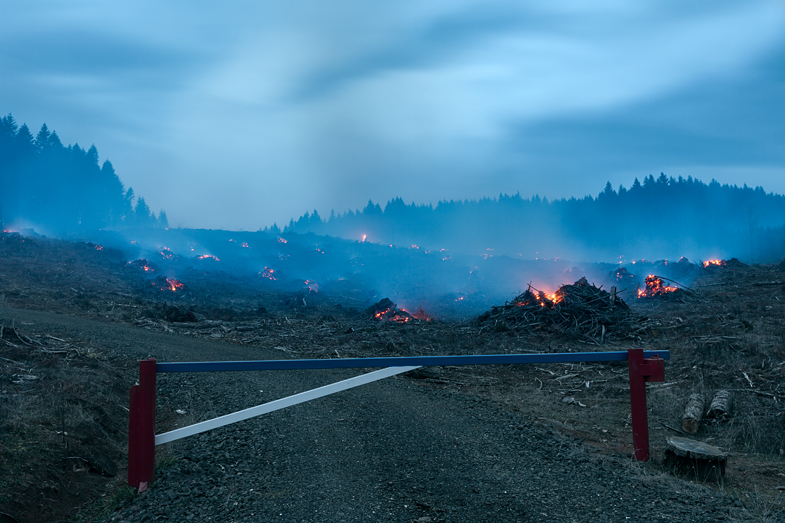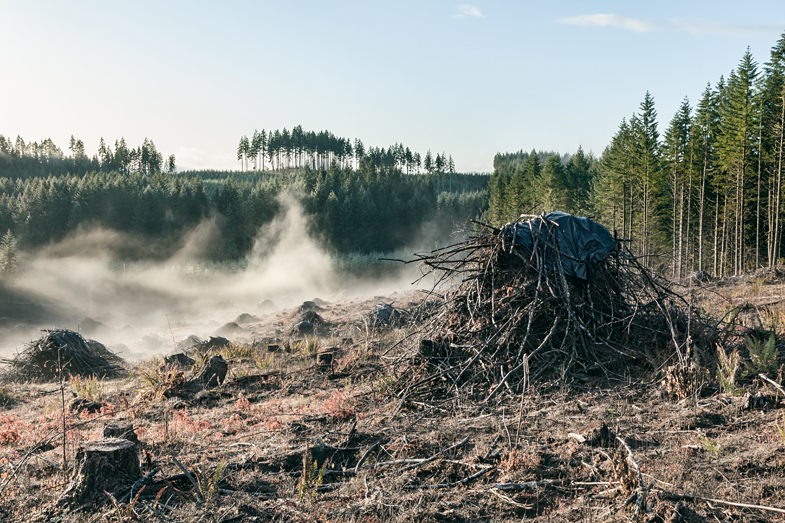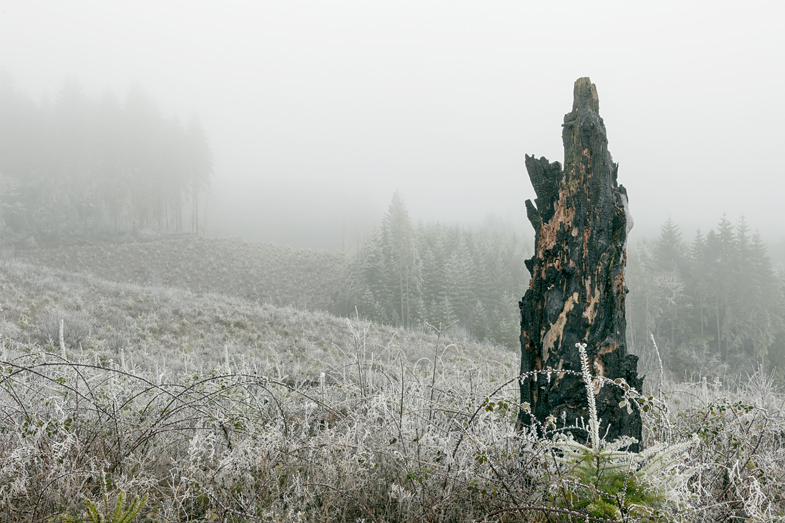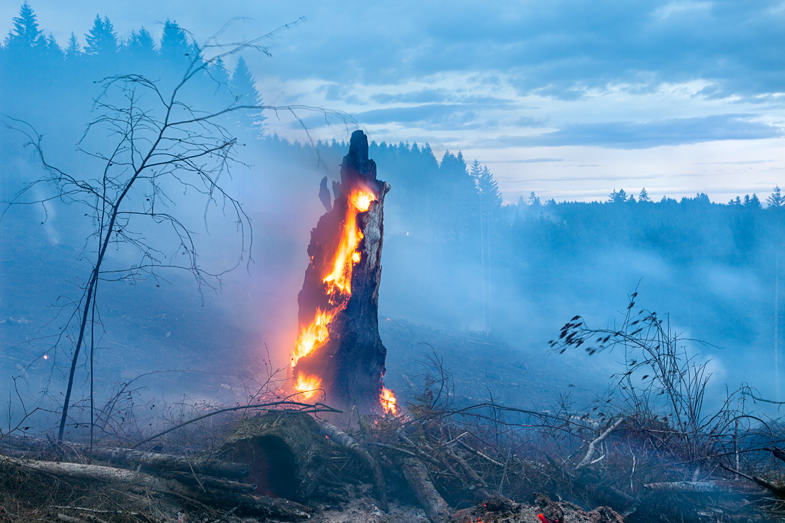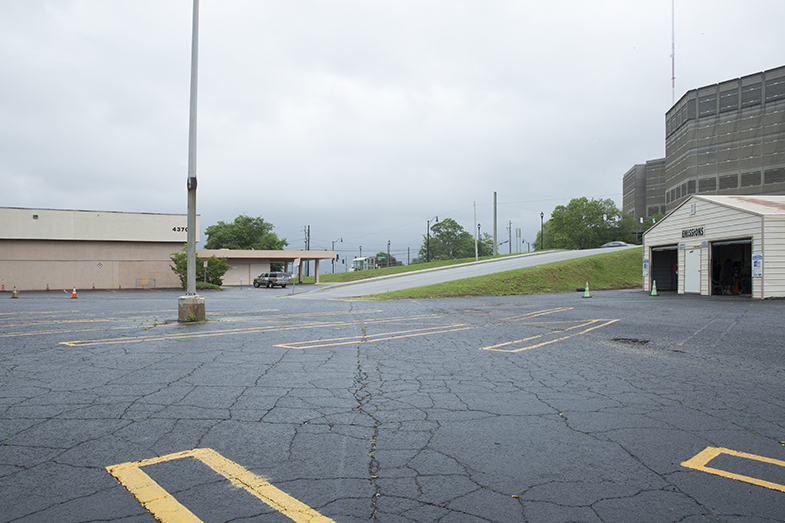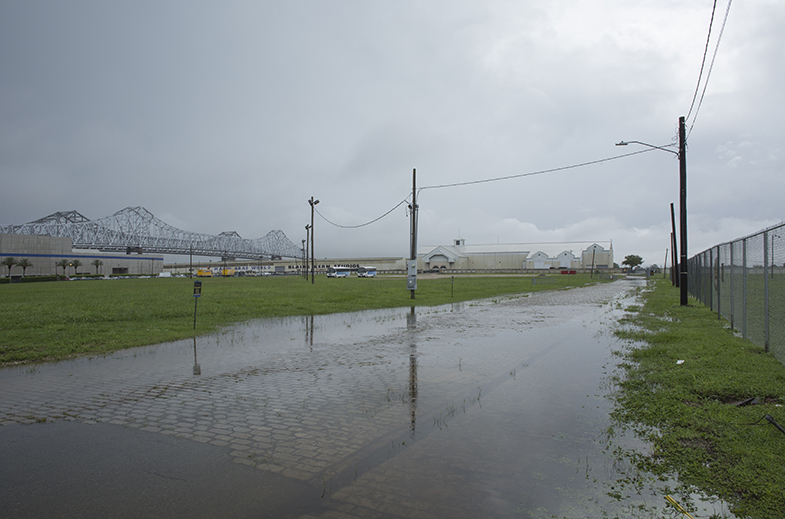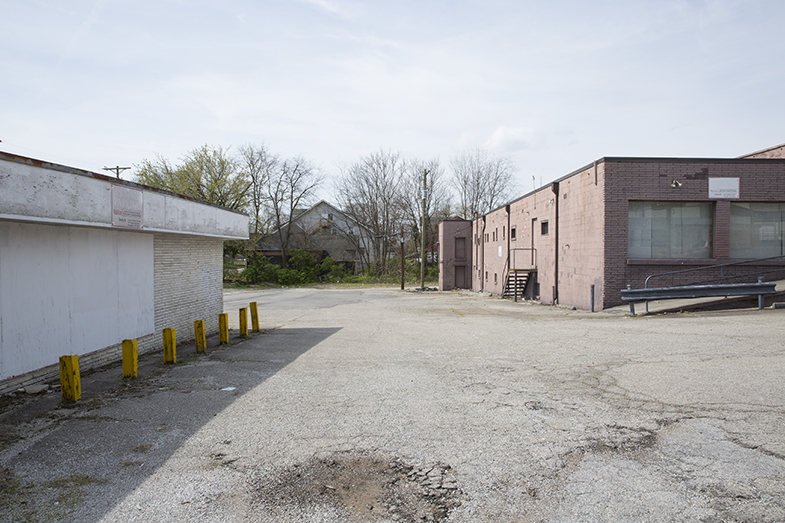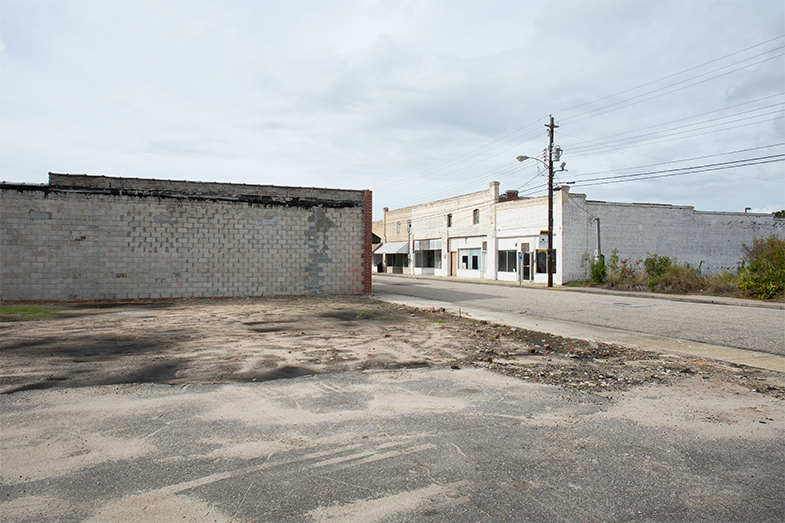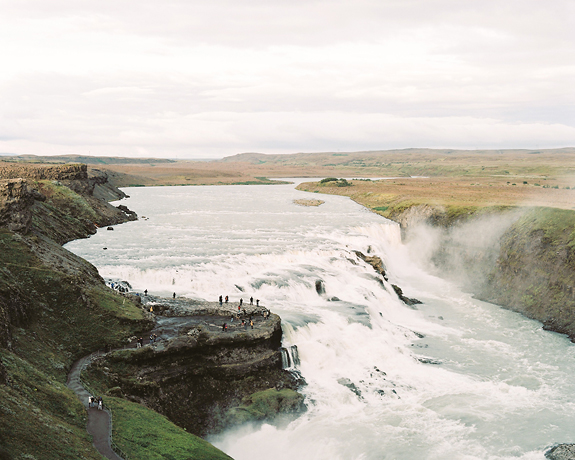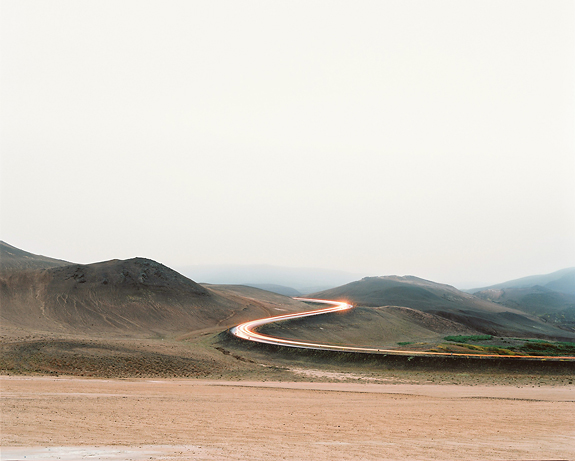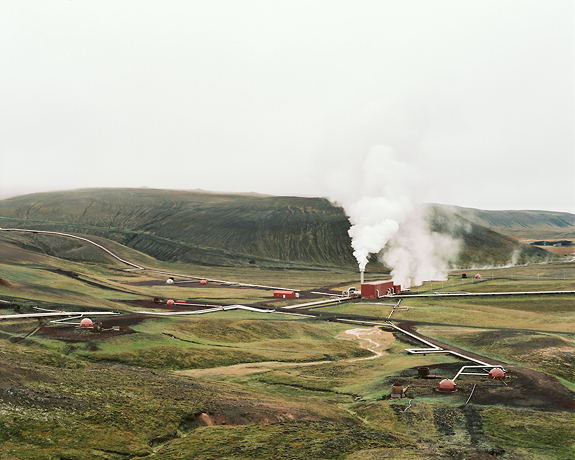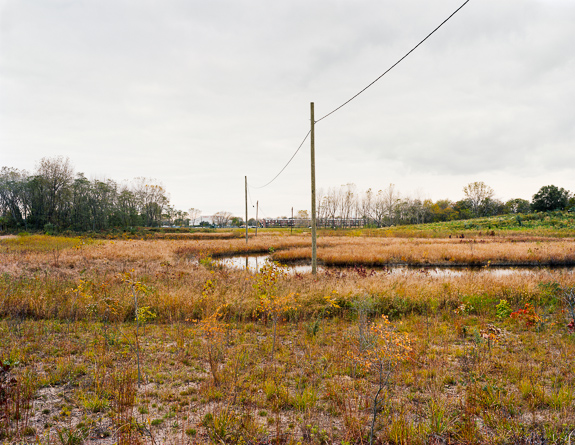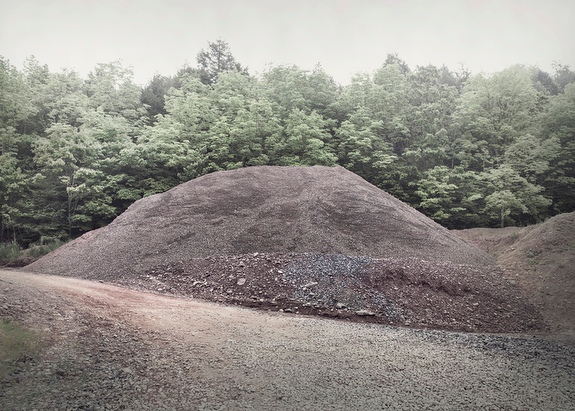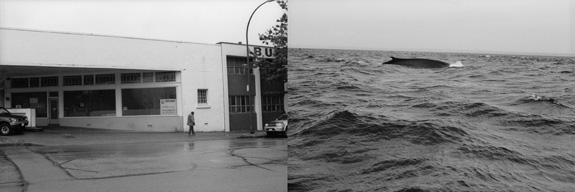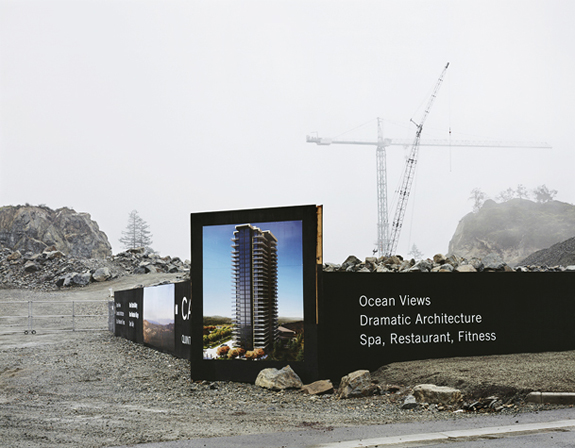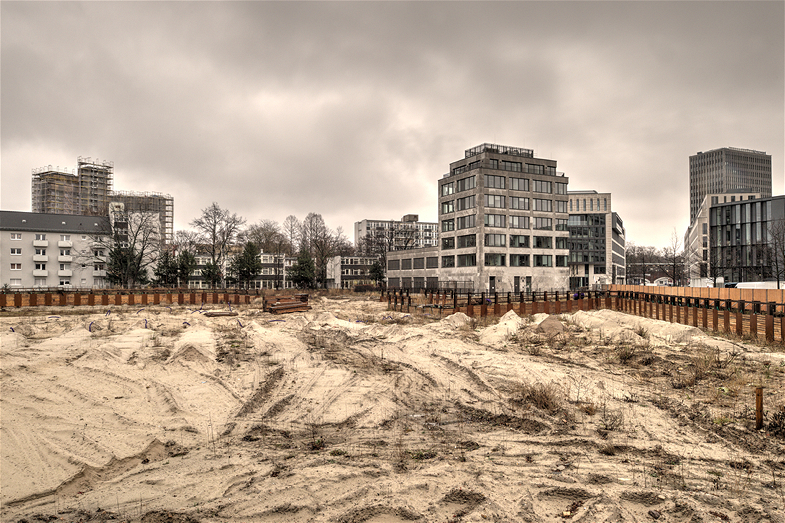
Terrain Vague Berlin
When it comes to radical urban change one must not look as far as Singapore or Beijing. Right in the center of Europe the German capital is — broadly unnoticed — undergoing the final wave of restructuring which will turn the city from a space for inhabitants to the playground of investors, where the quality of life for all becomes a luxury good for those who can afford it.
Open spaces are consequently erased. Existing tenements are demolished to make way for luxury condos and still more shopping malls. This is made possible because the approach of the government is not oriented toward basic needs and long-term developments, but only toward short-range effects where a unified concept of urban lifestyle is consequently misconstructed as urbanity.
— David Kregenow, Berlin, Germany
